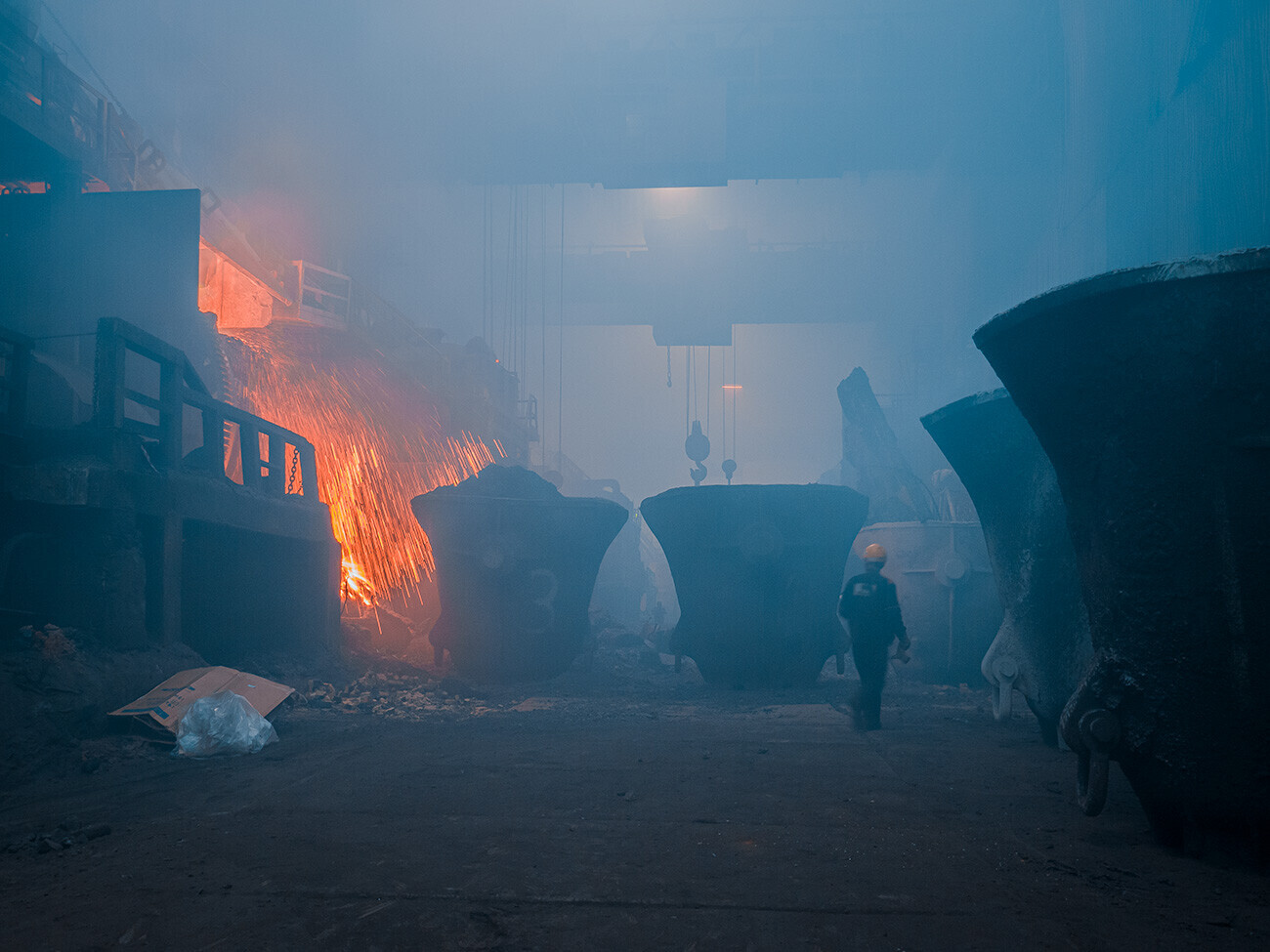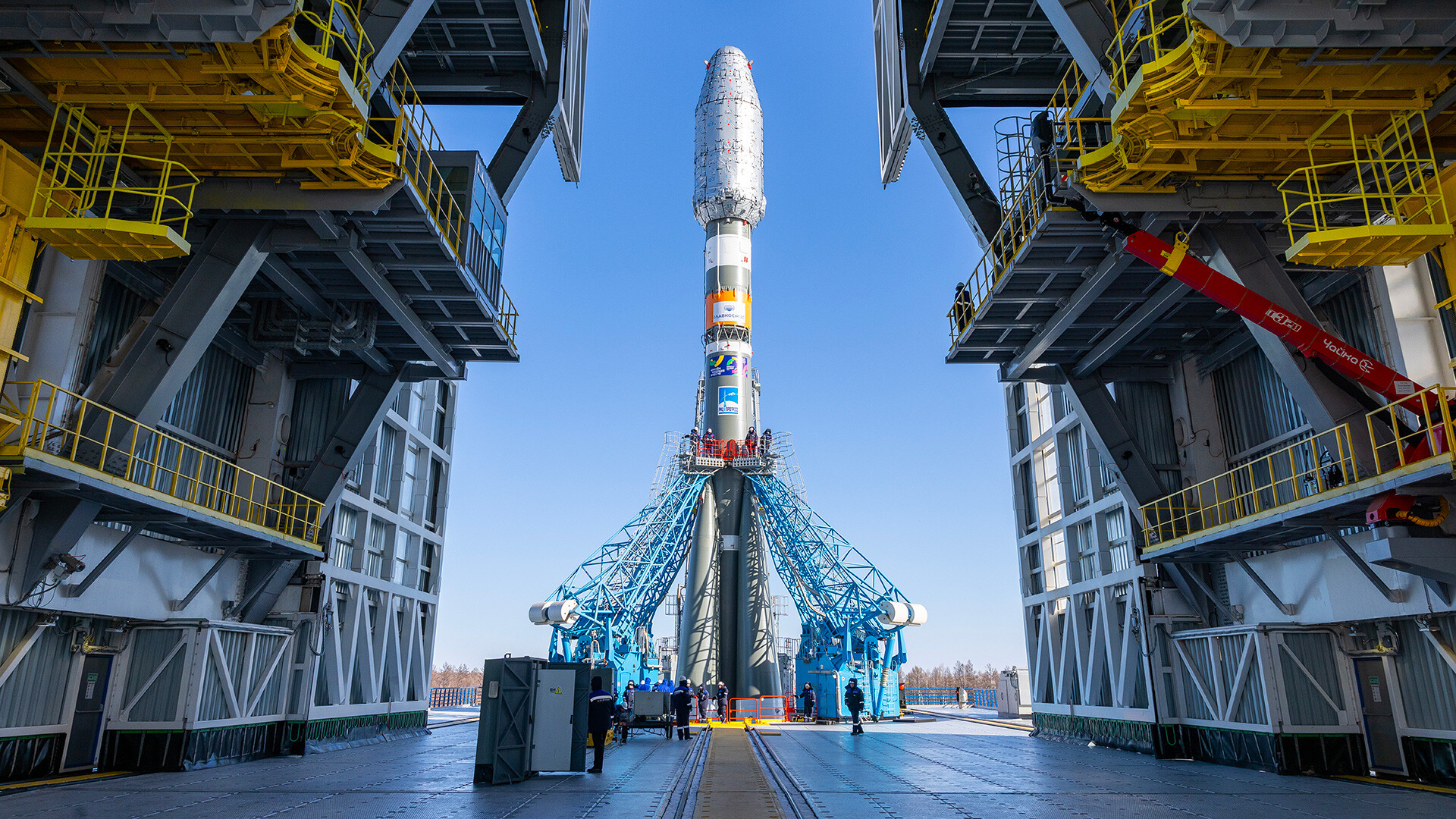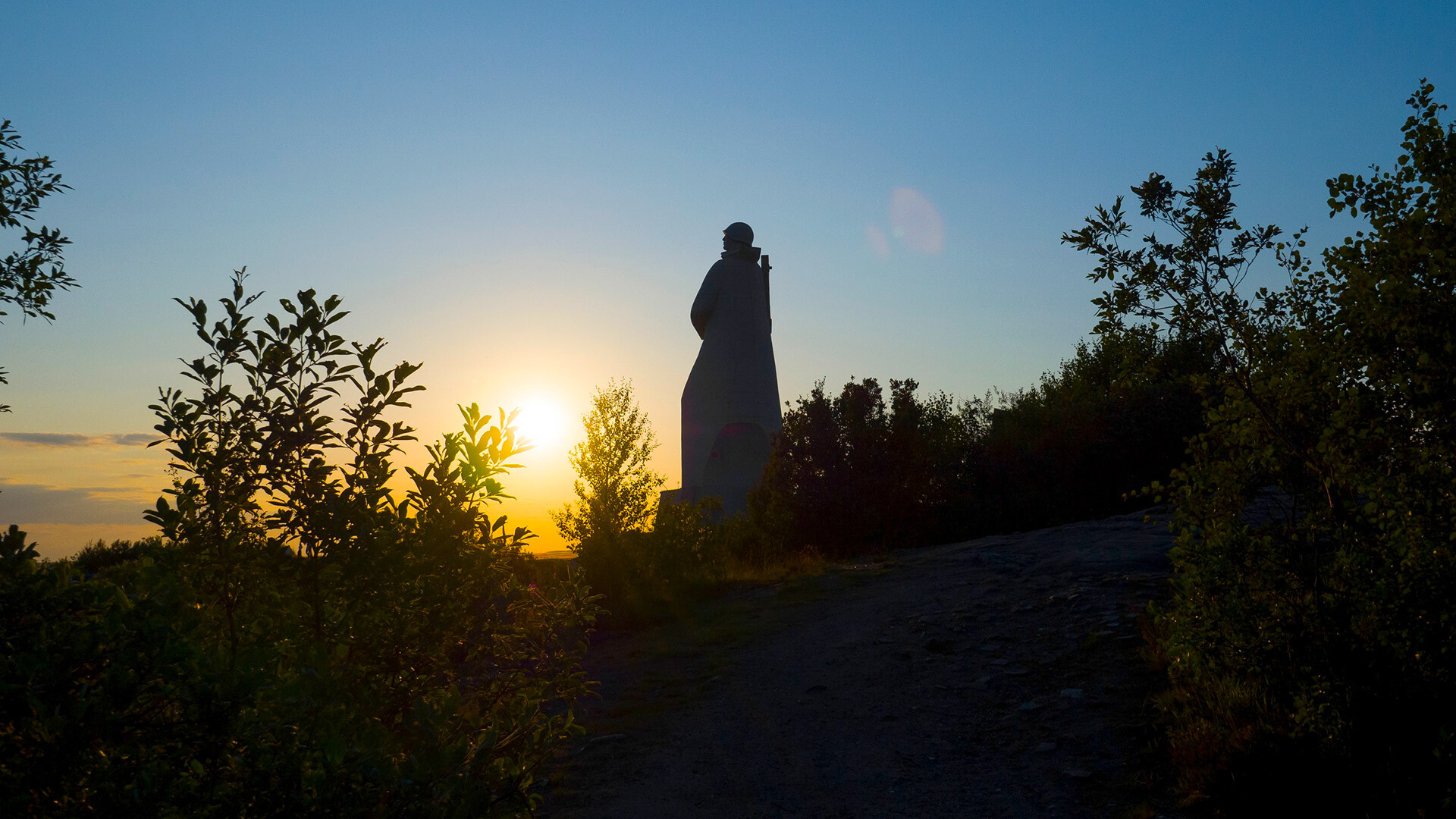
How the copper plant in the Arctic city of Norilsk operates


And the copper plant is the oldest operating plant in the city, which opened back in 1949. The first thing that hits you when you approach the plant is an acrid smell. Sulfur dioxide is a byproduct of the smelting furnaces and, the closer you get to the production unit, the stronger the smell becomes.

By 2026, a ‘Sulfur Program’ is to come into effect at the copper plant: Sulfur will be used to produce gypsum for construction mixes.

Because of the harmful substances, some workers go around the shop floor wearing not just respirators, but even hose masks. Against the backdrop of the converters smelting copper concentrate and giving off epic sparks, it looks like something from a dystopian movie.

Molten copper is transferred by ladle to the furnace to produce anode copper free of impurities. The copper smelting temperature is more than 1,000 degrees Celsius, so it is very hot on the shop floor, despite the powerful ventilation. The anode material is poured into molds and carried on wagons to the electrolysis unit.

There, it is submerged in baths of sulfuric acid for three weeks, resulting in the plant's end product: sheets of pure copper.













